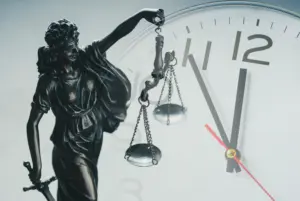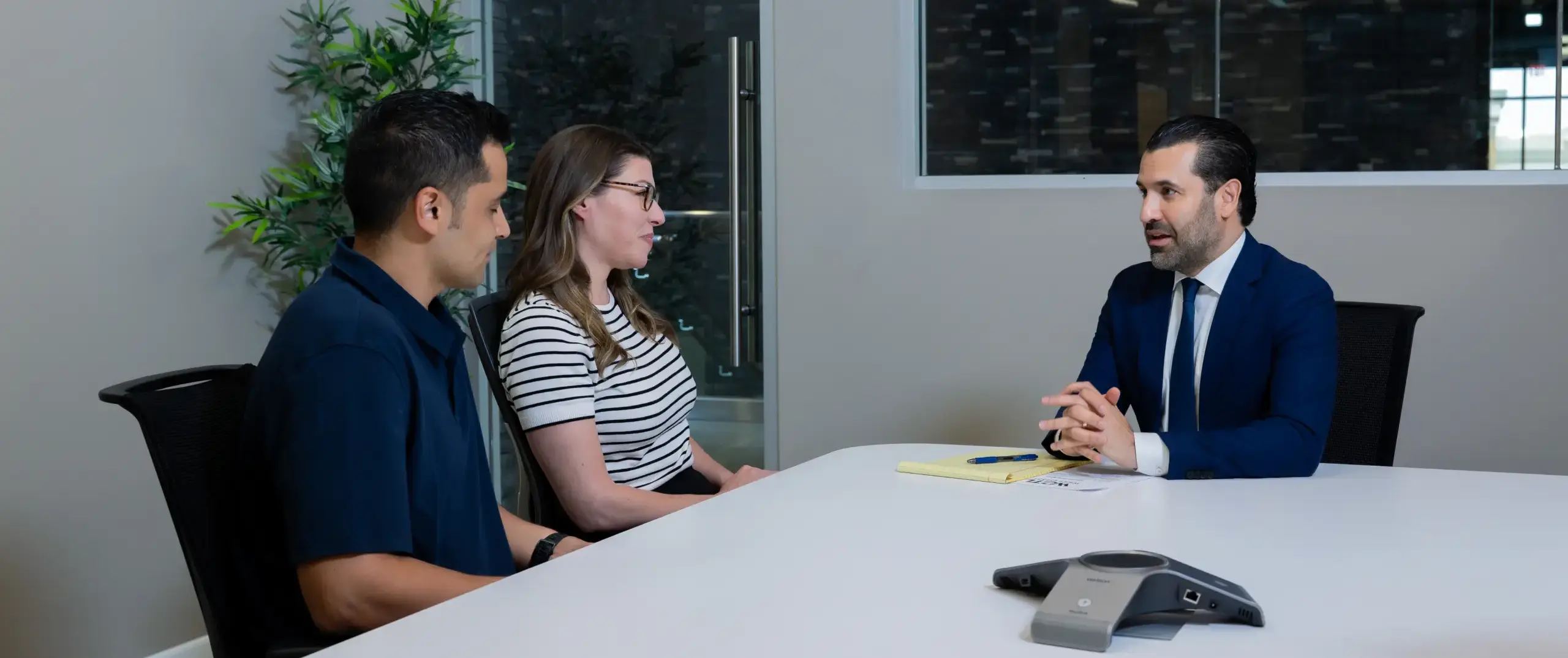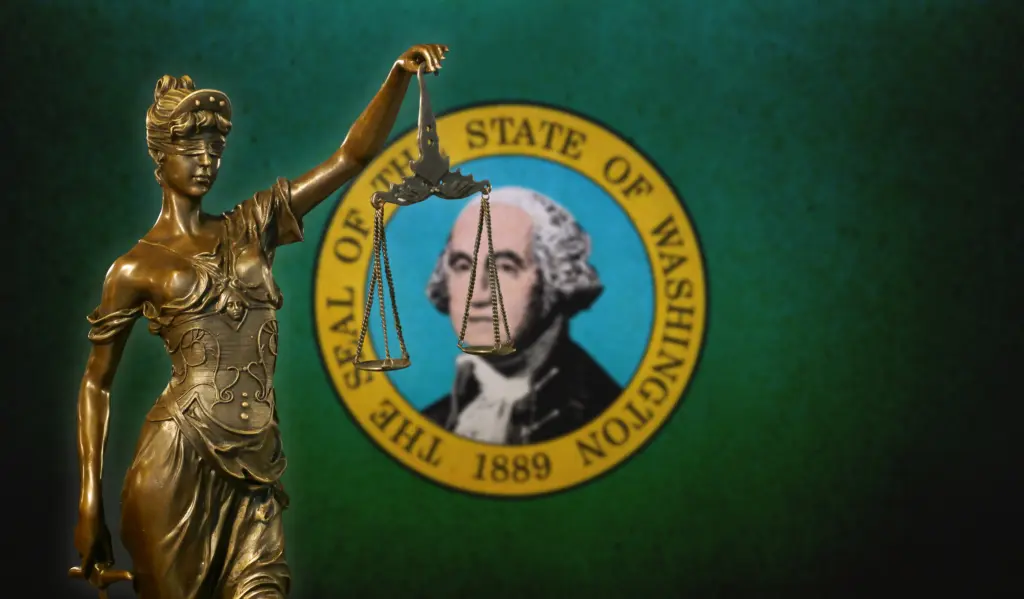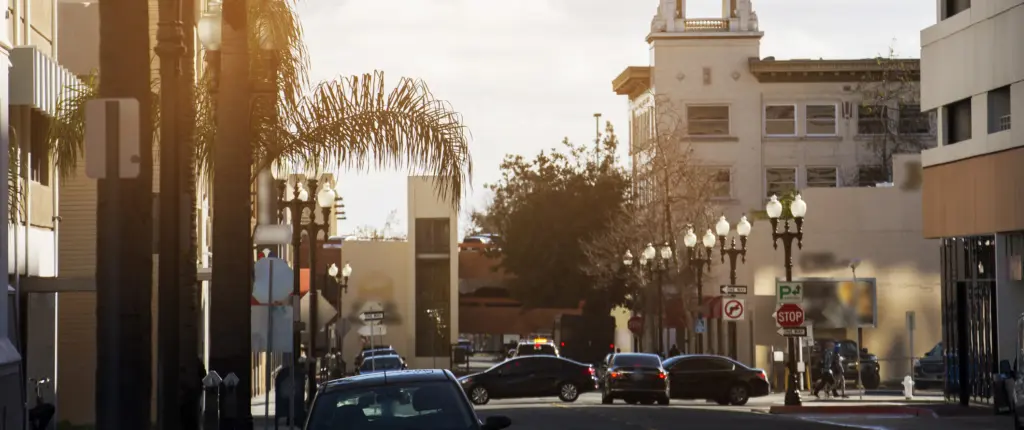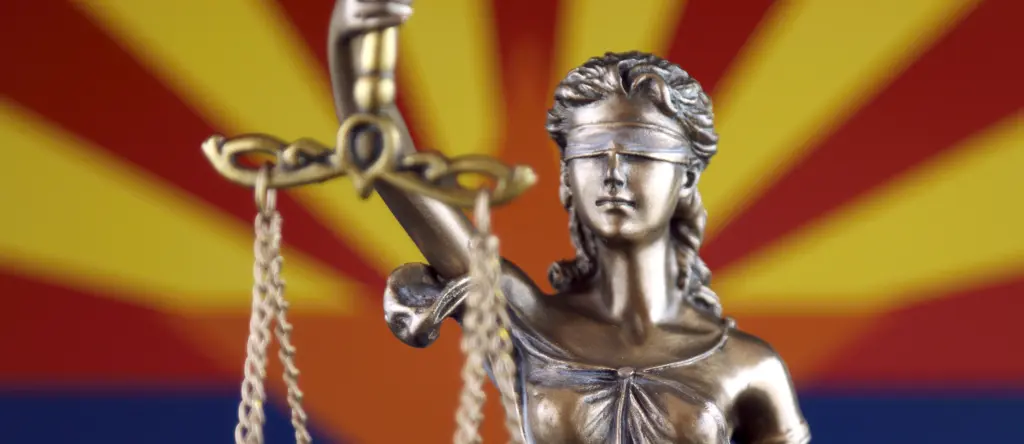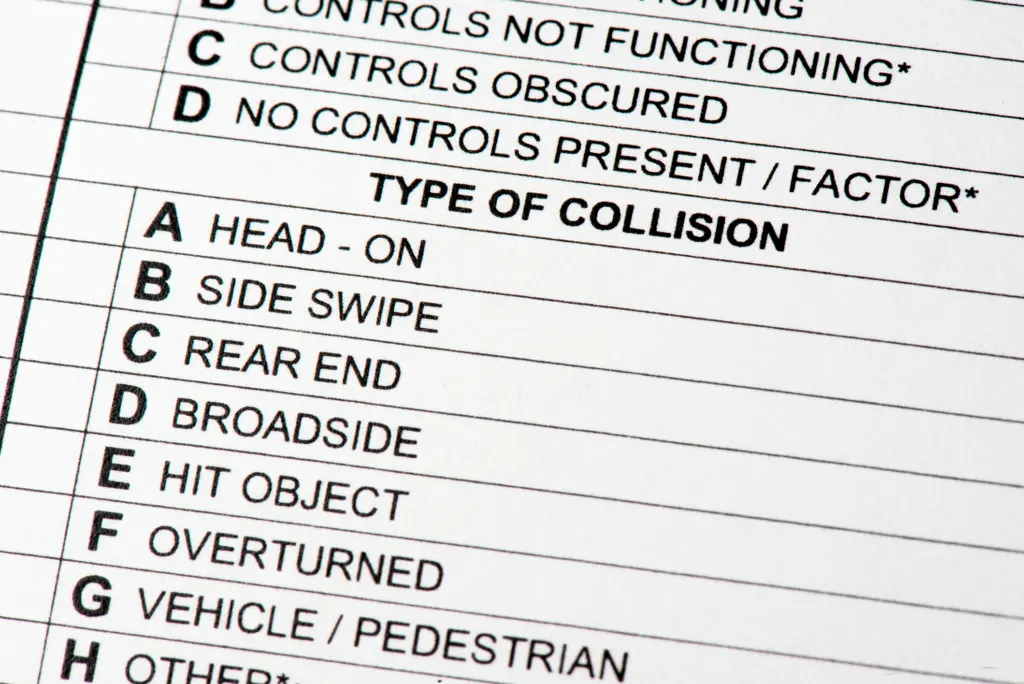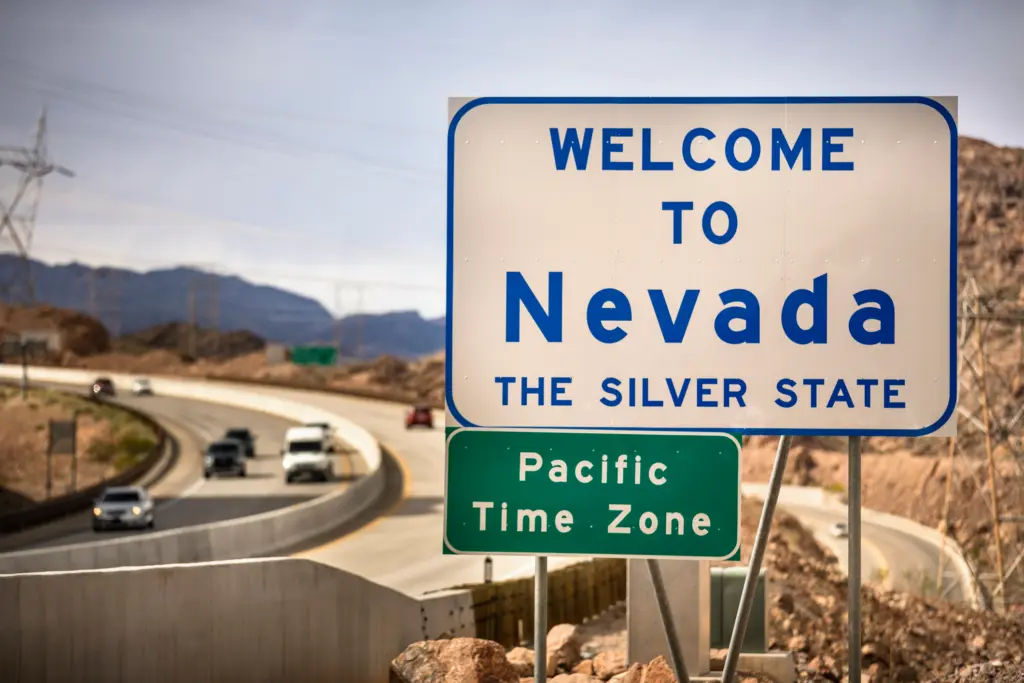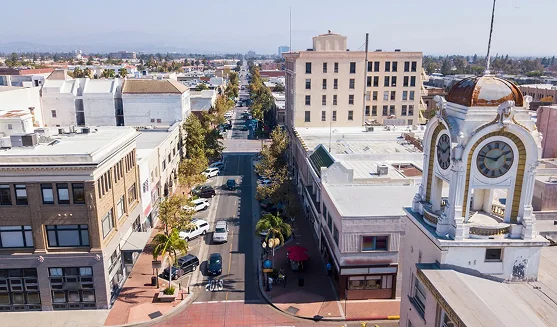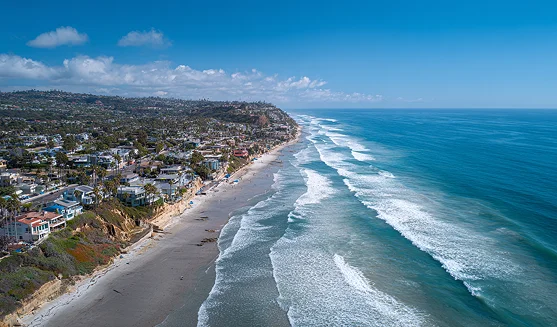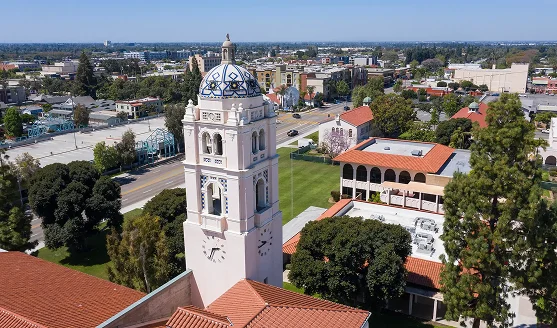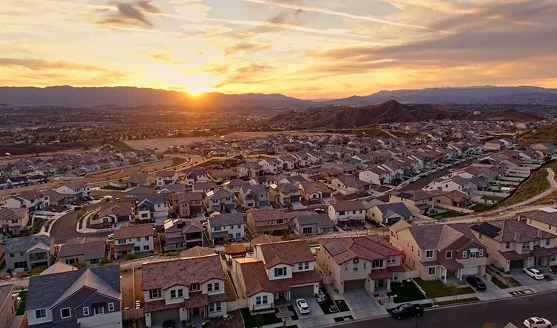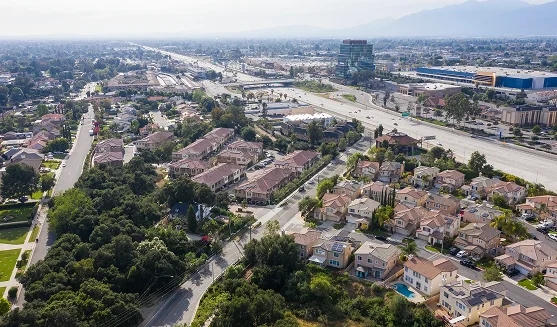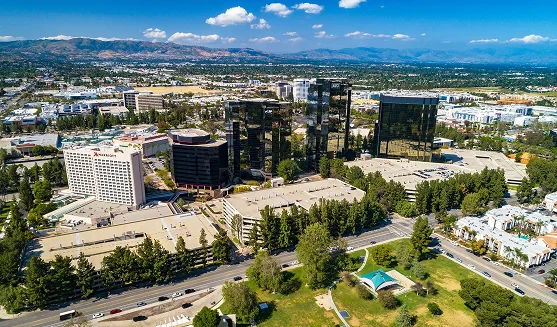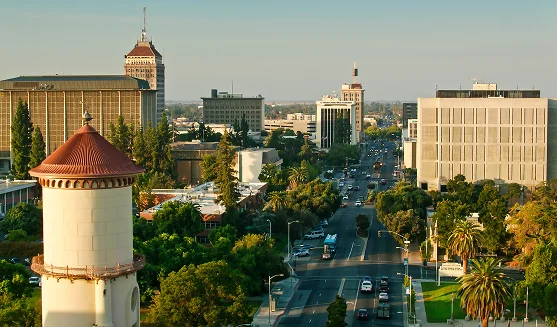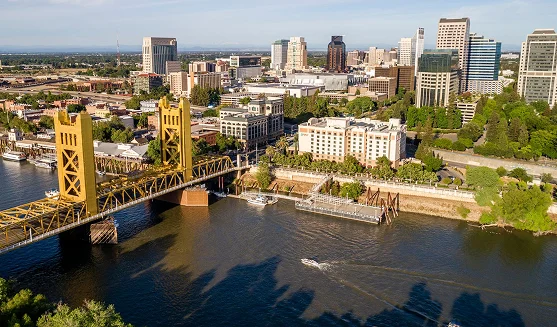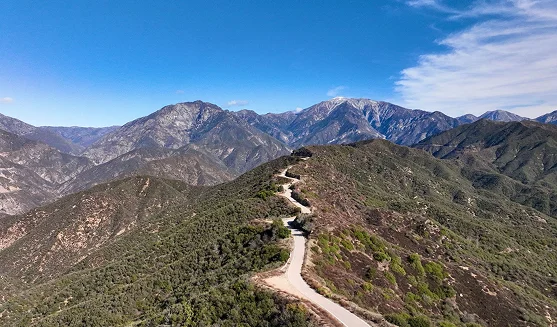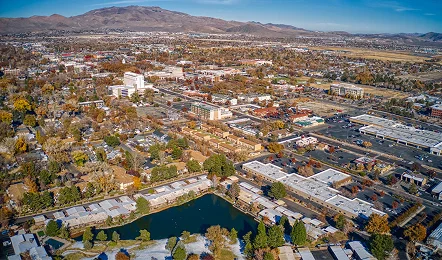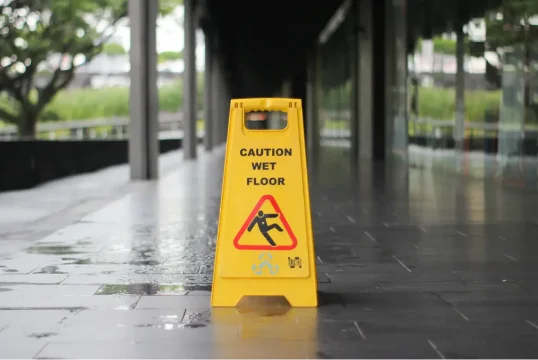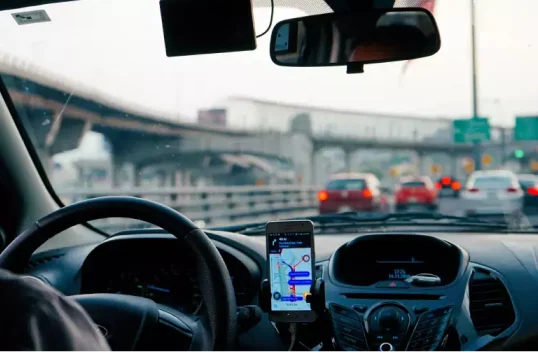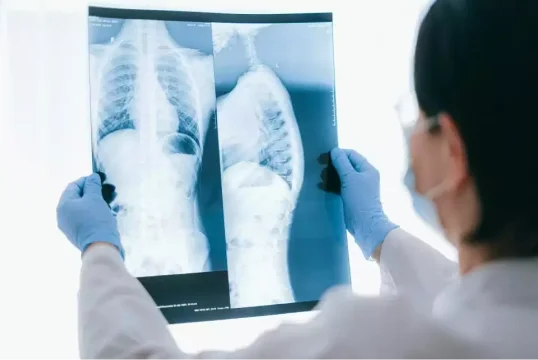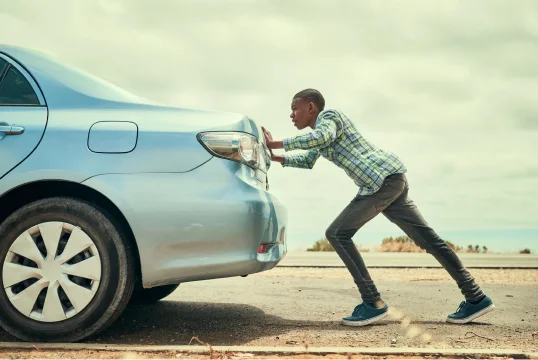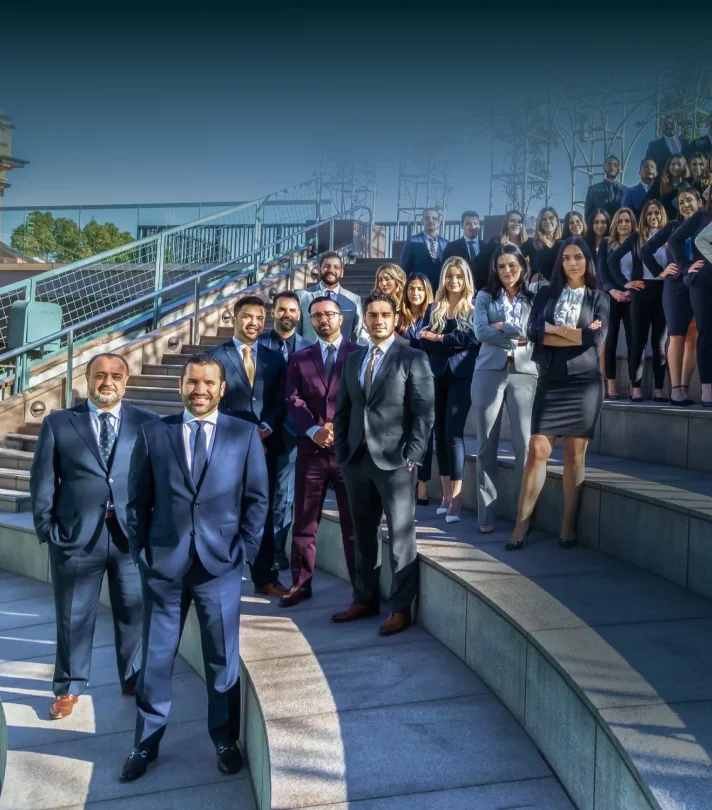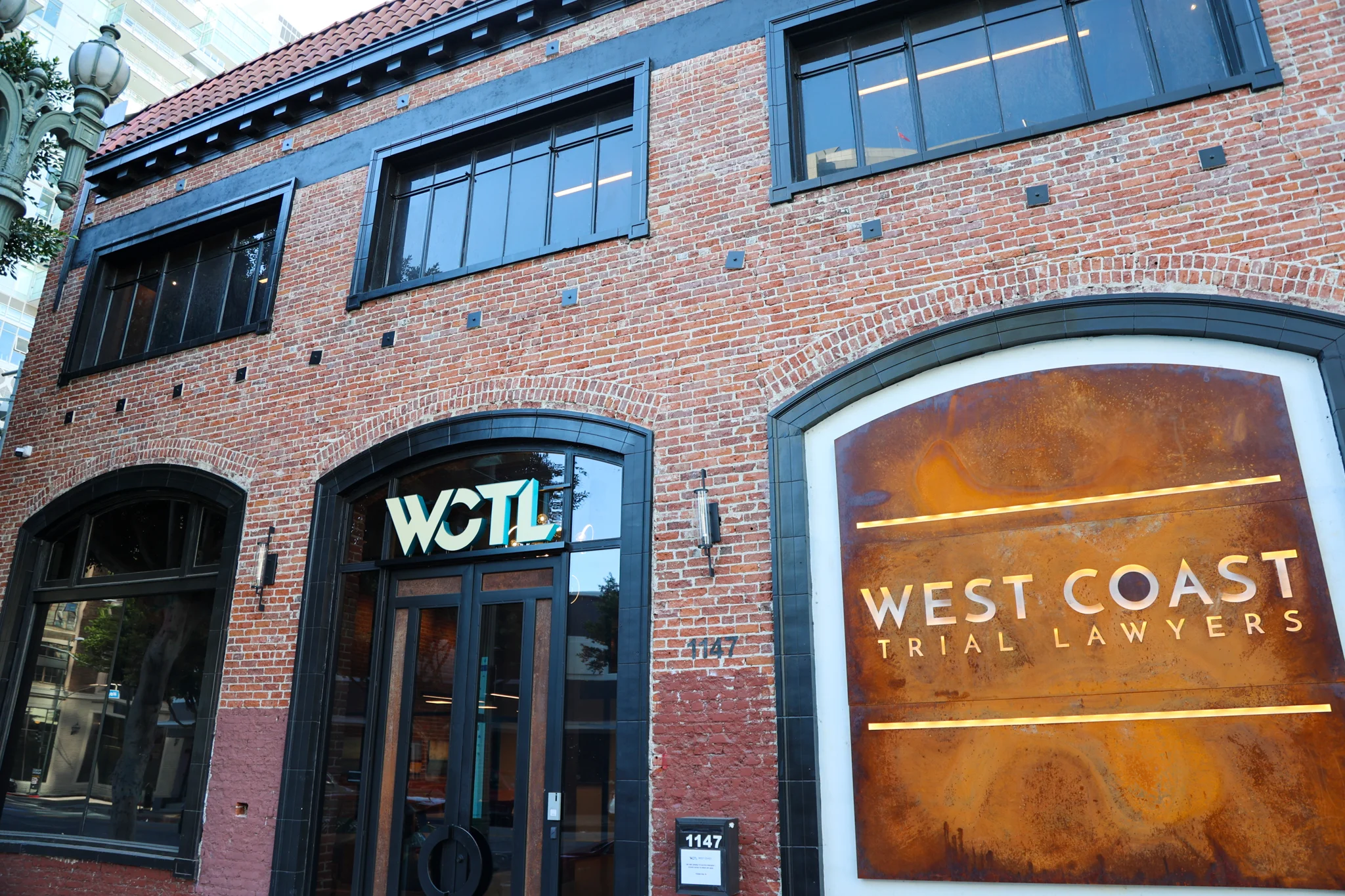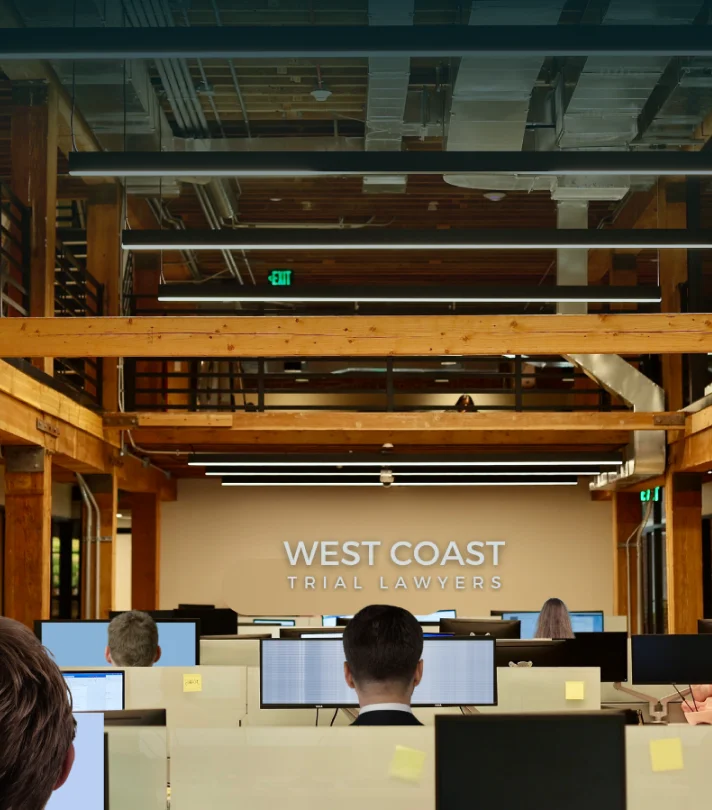If you were hurt in Arizona, you do have a deadline to take legal action. Miss it, and even a strong case can be thrown out before it starts. Below is a clear guide on what the “statute of limitations” is, how long you have, when the clock can pause, and smart next steps so you don’t lose your rights.
What is a Statute of Limitations?

In personal injury cases, the statute of limitations is the legal time window to file a lawsuit against a negligent/reckless party. Think of the statute of limitations as a countdown, because it’s main purpose is to keep cases fresh and fair and makes evidence easier to find, witnesses remember more details, and people aren’t stuck in legal limbo forever.
Two key takeaways
- Negotiating with an insurance company does NOT stop the clock- Only filing a lawsuit in court preserves your rights before the deadline.
- Courts enforce these deadlines strictly- File late, sometimes even by a day and the case can be dismissed, no matter how strong your proof is. (That’s why we urge early action and documentation; see our quick evidence tips in What to do after a crash.)
Arizona’s Core Deadlines for Injury Cases
According to Arizona Revised Statutes (ARS) Code § 12-542, most personal-injury lawsuits in Arizona (car wrecks, slips and falls, dog bites, many defective product liability cases), must be filed two years from the date of the injury/incident. However, if the at-fault party is or involved a public entity or employee (state, city, county, school district, etc.), Arizona adds extra steps in order to ensure there are no delays in the legal process. For instance:
- The claim must be within 180 days of from the date of the incident as per A.R.S. § 12-821.01.
- Lawsuits must filed within 1 year of accrual as per A.R.S. § 12-821.
These government rules are technical and strictly applied. If there’s any chance a city, county, or state agency is involved, talk to a lawyer immediately so you don’t miss the 180-day notice.
When Does The Clock Start?
Most everyday accidents start the clock on the date of injury, but Arizona applies a “discovery rule” in some situations (especially in medical malpractice or hidden-defect cases) so the two-year period may start when you knew or reasonably should have known you were injured and that someone else likely caused it. Courts analyze what a reasonable person would have discovered and when. (The two-year baseline still comes from § 12-542.)
Ways the Clock Can Pause (“Tolling”)
Depending on the nature of the incident, Arizona law can pause the statute of limitations period, but only in certain situations such as cases involving:
- Minors and people of unsound mind- If the injured person was under 18 or legally incapacitated when the claim accrued, the clock is paused until the disability ends or if the child turns 18. See A.R.S. § 12-502; Arizona Supreme Court cases apply it to personal-injury claims.
- Other narrow scenarios- Courts may recognize tolling when a defendant conceals wrongdoing or (in older case law) when a defendant is out of state. These are fact-specific and not automatic so get legal advice fast.
Bottom line: never assume you have extra time. Ask a personal injury lawyer to calculate your exact deadline against the facts of your case.
Common Real-World Examples
- Car wreck on January 10, 2025- You generally have until January 10, 2027 to file suit. (Two years under § 12-542.)
- Slip and fall at a city building- You likely must send a notice of claim within 180 days and file suit within one year. (Government rules under §§ 12-821.01 and 12-821.)
- Surgical error discovered 8 months later- Your two-year civil deadline may run from discovery, not the procedure date (courts apply the discovery rule). Still, act quickly; these timelines are argued case-by-case, and records need preserving.
Don’t Delay Your Claim, West Coast Trial Lawyers Is Here to Help
Insurance adjusters know the deadlines very well and depending on the nature of the situation, some will slow-walk talks hoping the clock runs out. If you have been involved in an accident, it is crucial to protect yourself by doing the following:
- See a doctor and follow care (your records matter). For a quick medical-after-crash checklist, see our page on Medical treatment after a crash.
- Gather and keep evidence: photos, video, incident reports, names of witnesses. Our guide on police reports explains how to obtain and use them.
- If an insurer calls early, be cautious. Read how to avoid common traps in dealing with adjusters.
At West Coast Trial Lawyers we handle serious injury cases throughout Arizona. If you want tailored advice after a crash, fall, dog bite, or medical error, we’ll review your timeline and map out a plan that fits your situation.
Why Choose West Coast Trial Lawyers?
- We calculate your exact deadline and send preservation letters so evidence doesn’t “disappear.”
- We handle insurers so you don’t get boxed in by delay tactics. (If talks stall, we file before your deadline, no guesswork.)
- We build full-value claims like medical bills and future care, lost income, and non-economic losses like pain, anxiety, and loss of enjoyment. Learn how damages work in our explainer on economic vs. non-economic damages and non-economic damages.
- No upfront fees. We work on contingency. See how that functions in our quick guide to contingency fees and what a retainer agreement actually covers.
You don’t have to memorize statutes to protect your claim, that’s our job. If you were hurt anywhere in Arizona, we’ll confirm your deadline, preserve evidence, and push for full compensation. If the insurer drags its feet, we’ll file on time and keep your case moving.
For a FREE, no-obligation consultation. Call (213) 927-3700 or send us a message. On top of it all, we operate under a contingency fee basis, meaning if we don’t win, you don’t pay.
Extra Resources
Not sure if your case is “big enough”? Don’t guess just ask. These resources can help you pressure-test your matter before you call:
- Questions to ask a lawyer (so your first consult is productive)
- Personal injury myths (common misconceptions that cost people real money)


